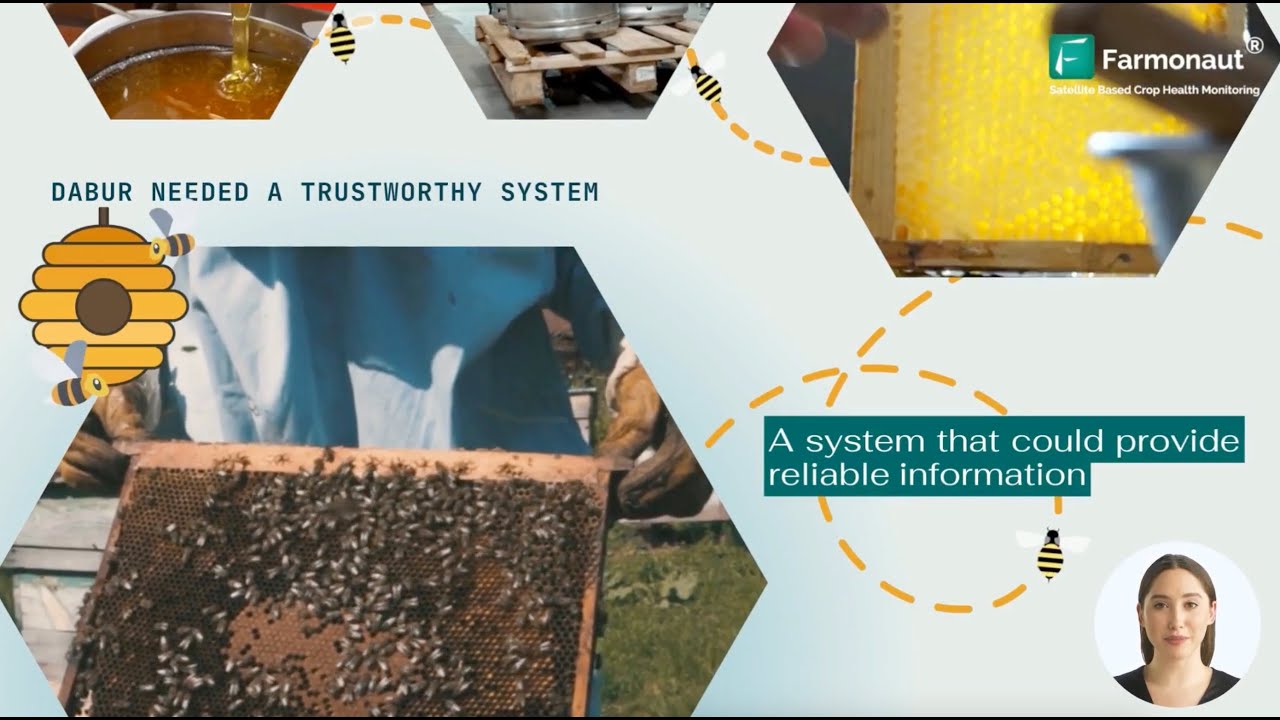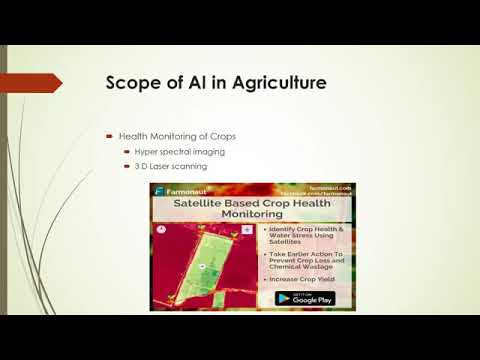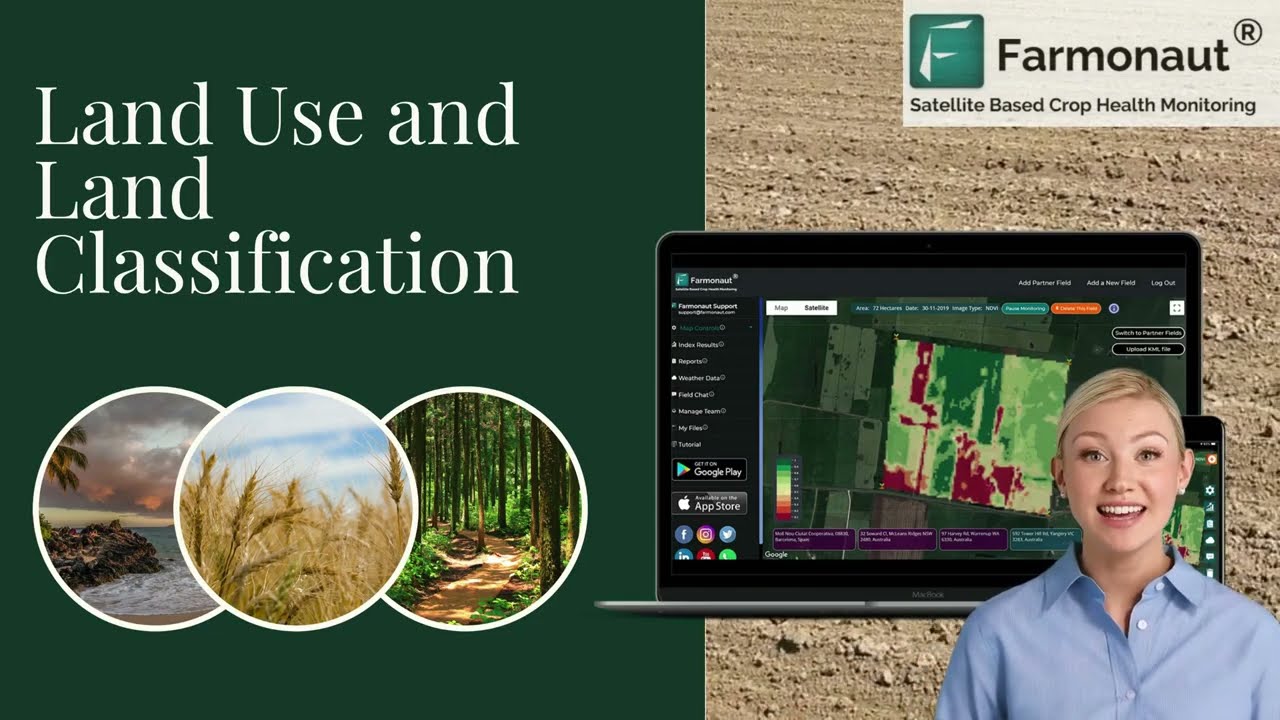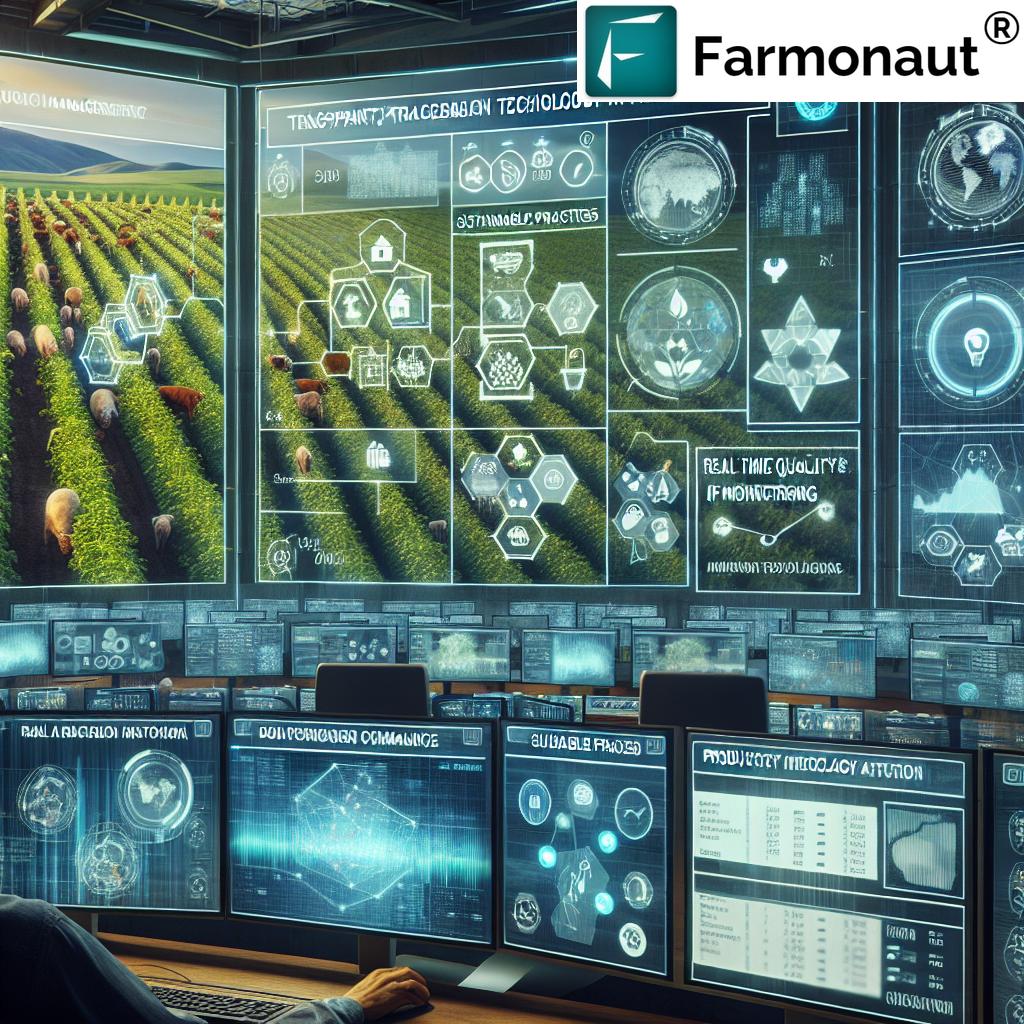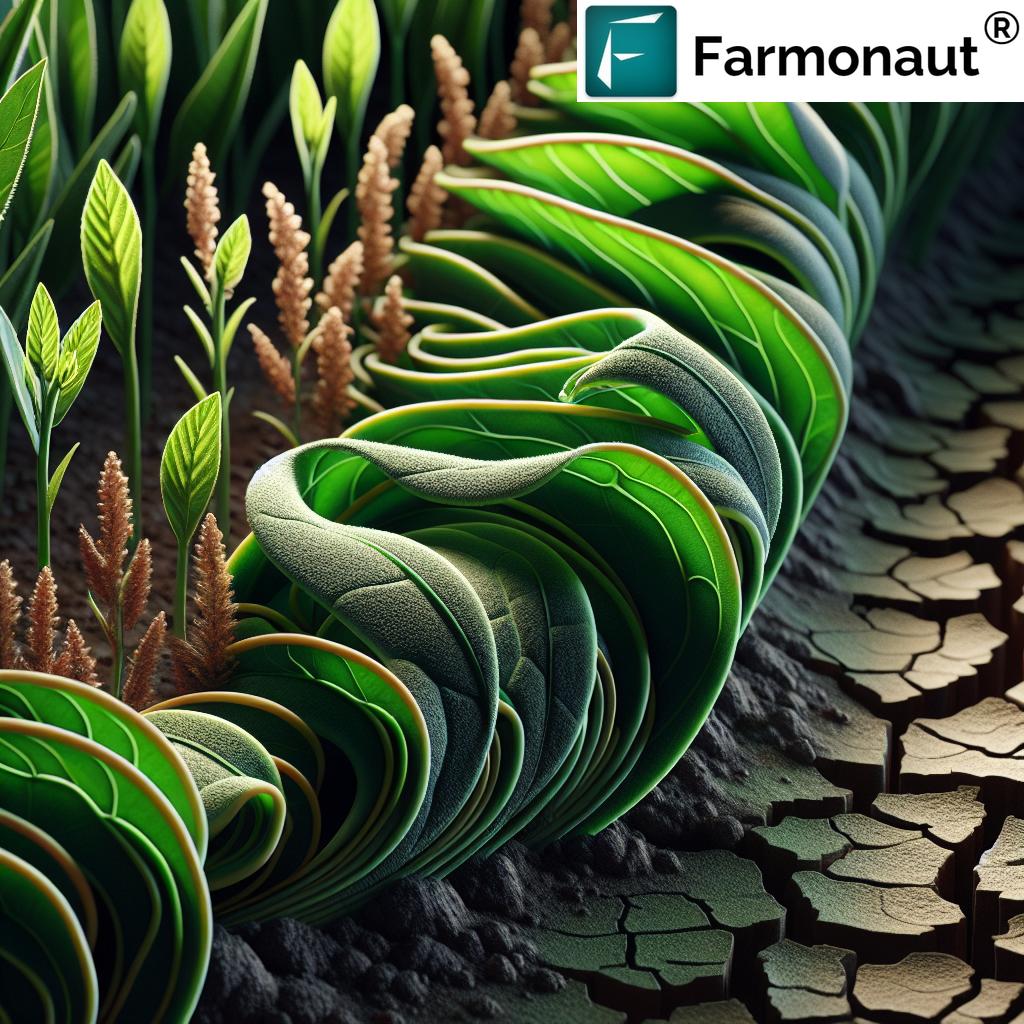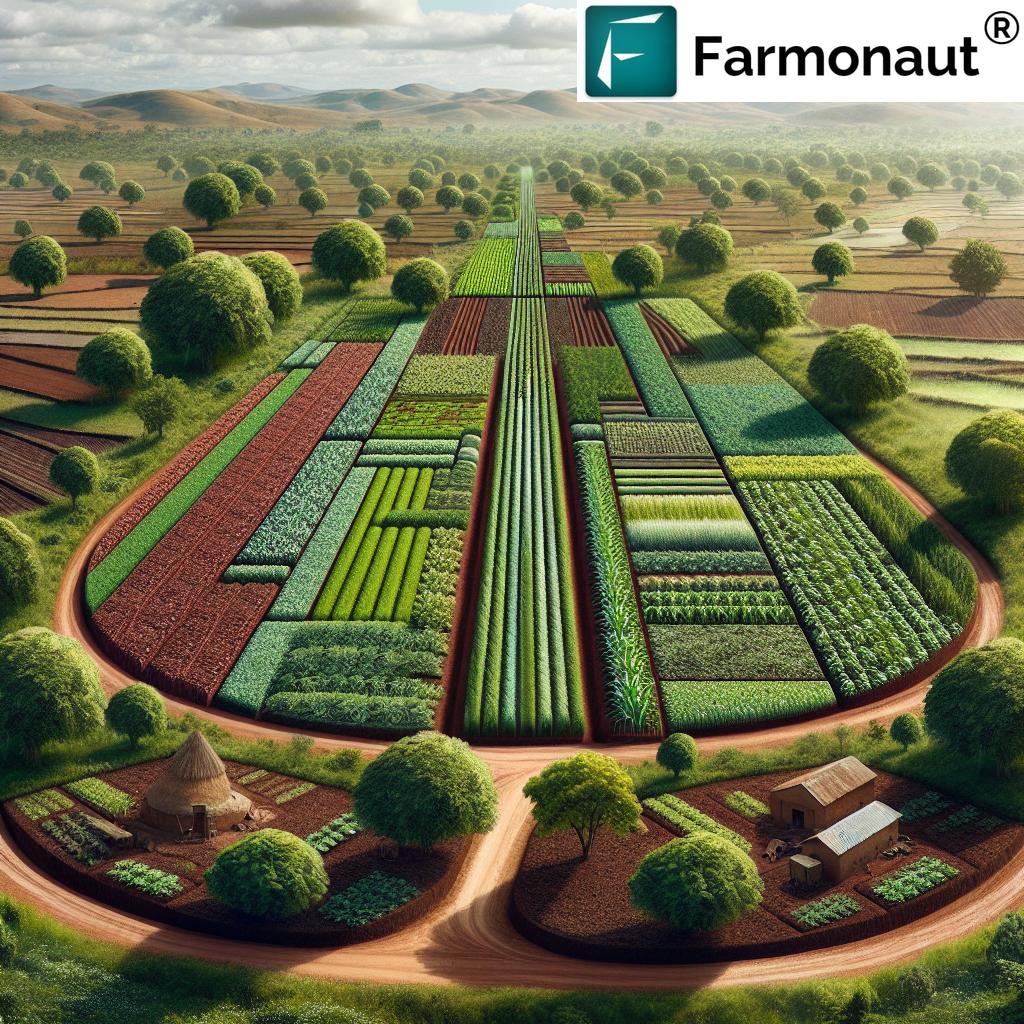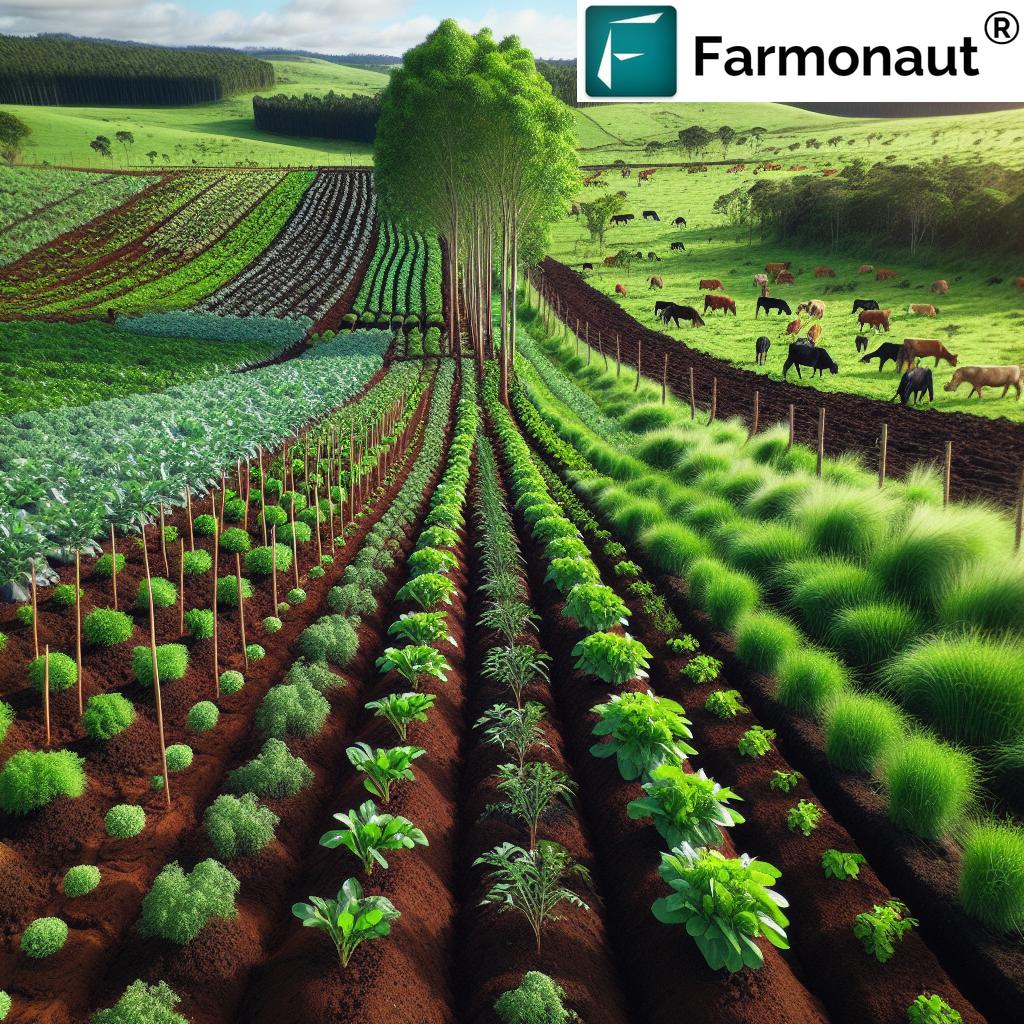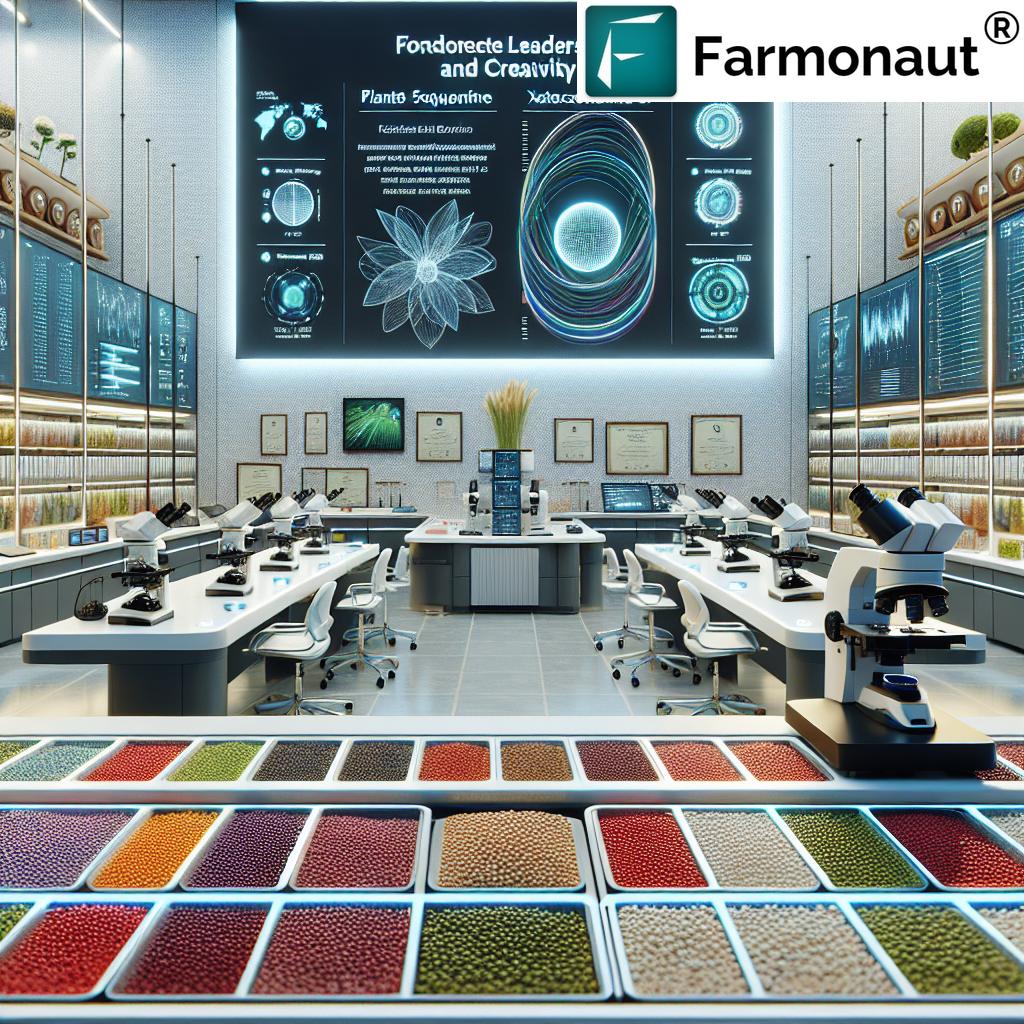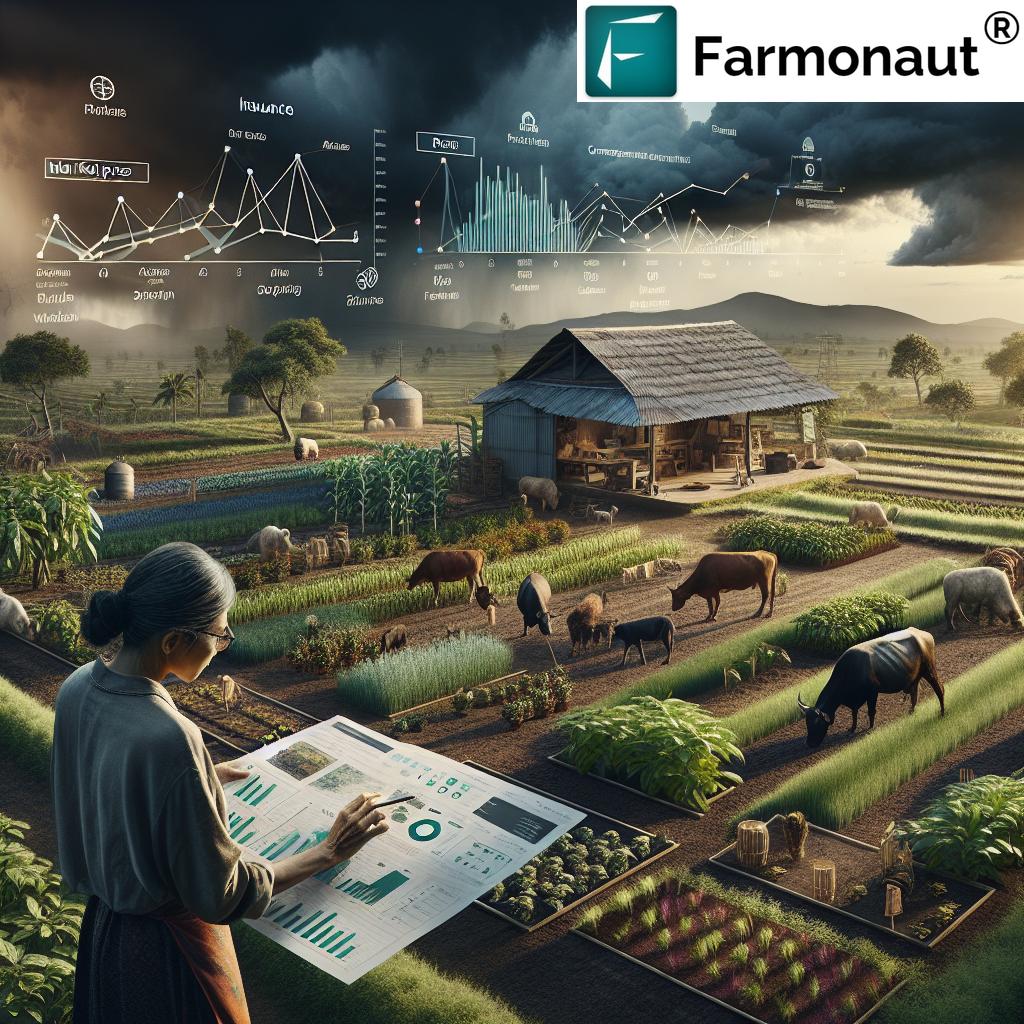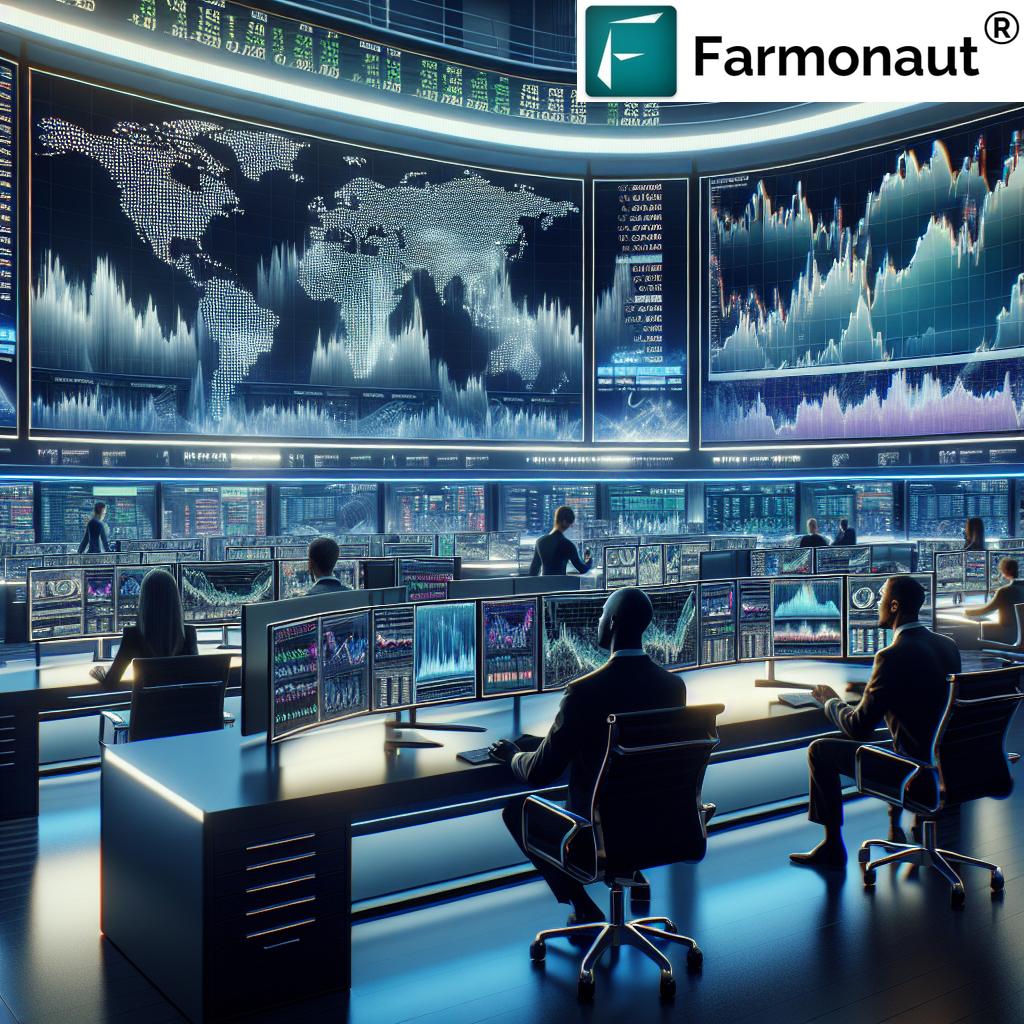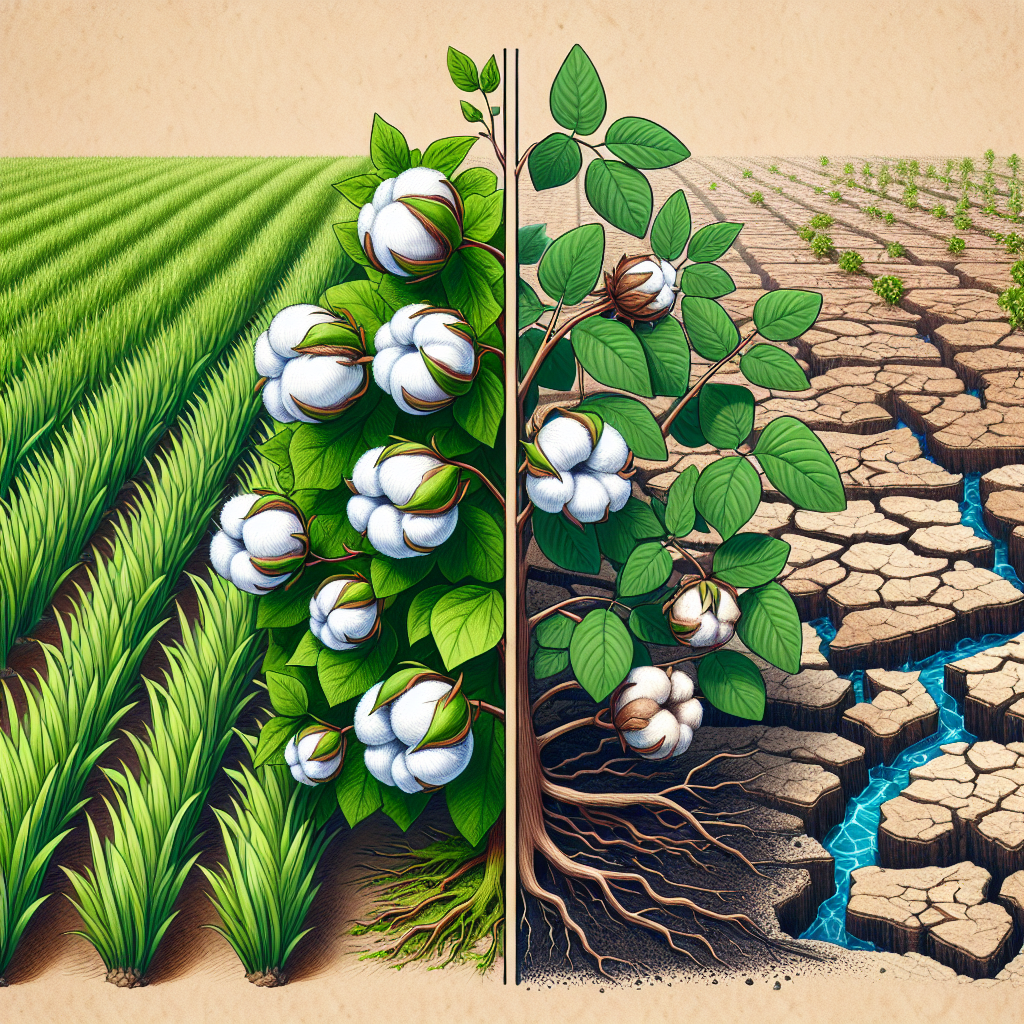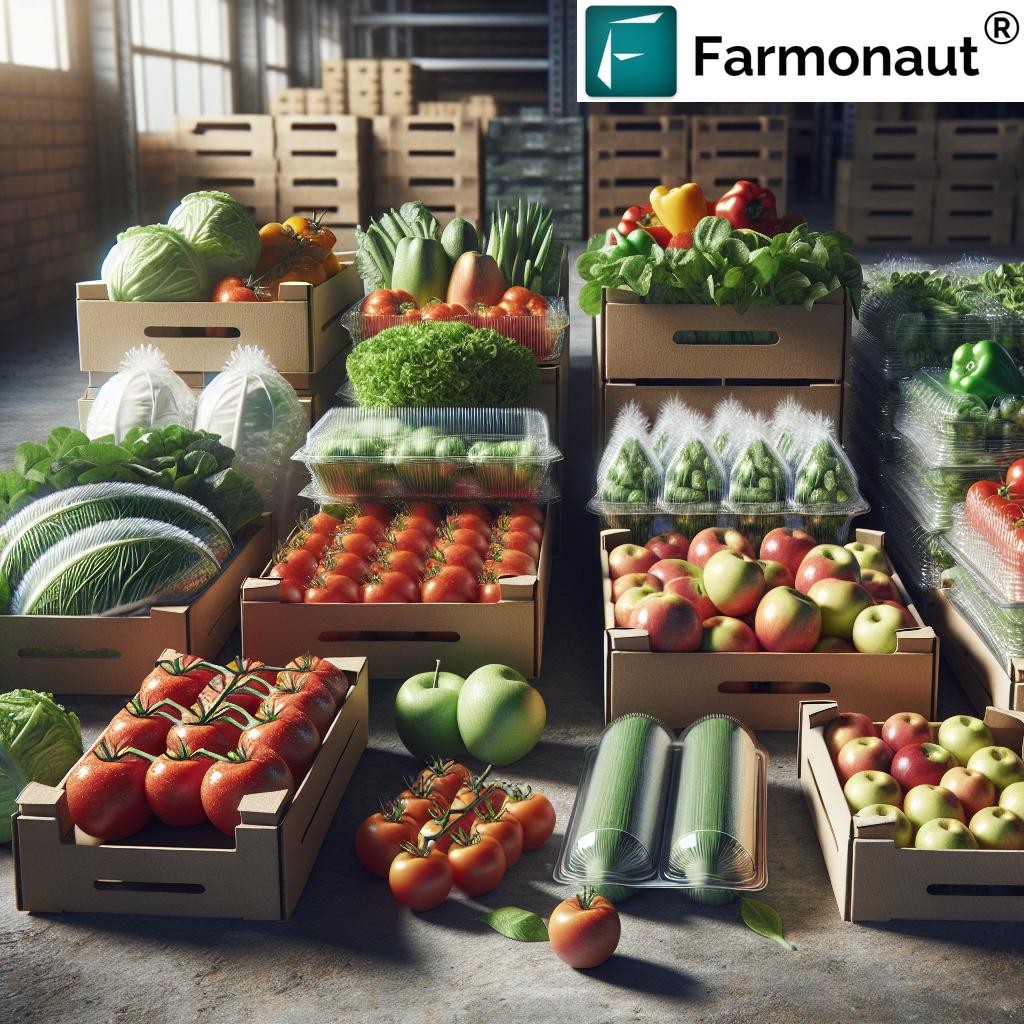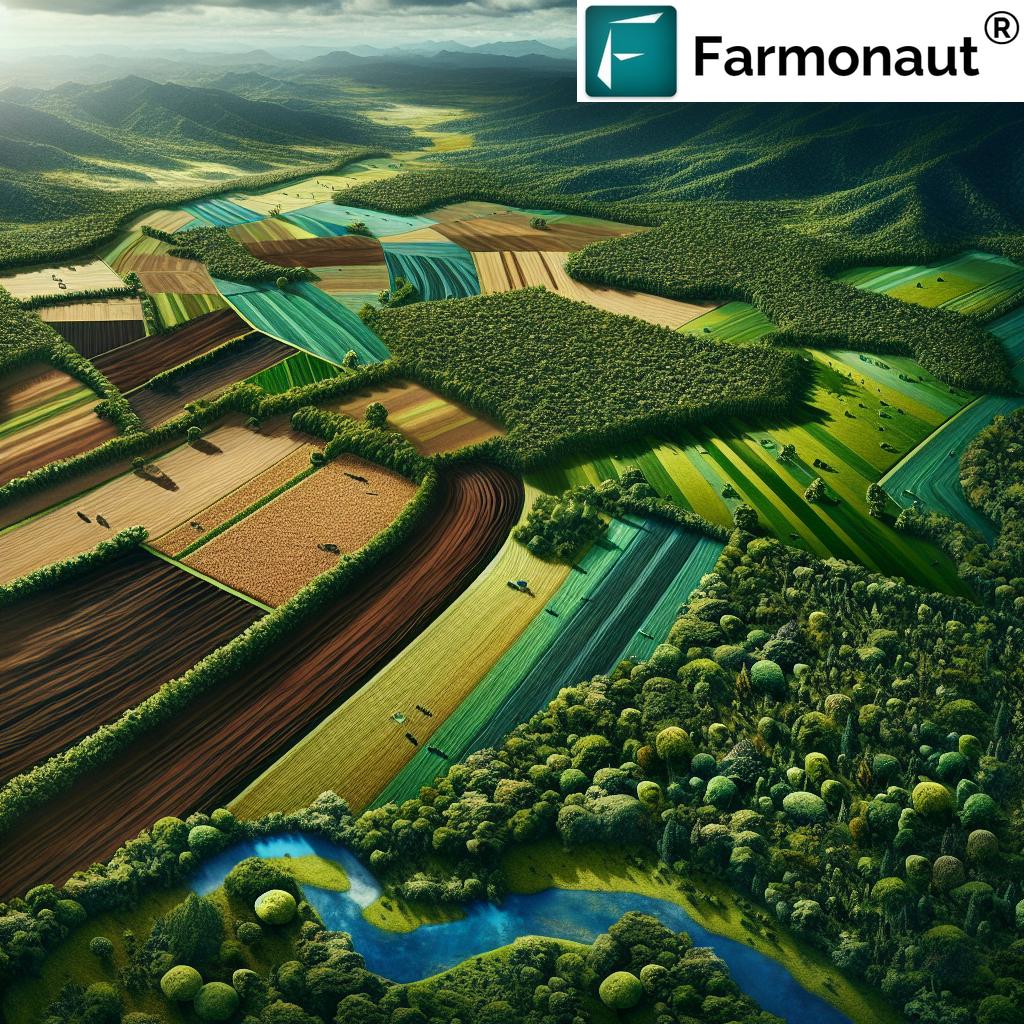Traceability in Agriculture: 7 Shocking Food Safety Secrets
“Over 75% of global consumers demand transparency in food sourcing, driving rapid adoption of traceability technology in agriculture.”
- Introduction: The Importance of Traceability in Agriculture
- 7 Shocking Food Safety Secrets Explained
- Cutting-Edge Technologies in Food Traceability Systems
- Farmonaut: Revolutionary Traceability Technology in Agriculture
- Comparative Feature Table: Agricultural Traceability Technologies
- Key Challenges in Implementing Traceability
- Future Trends & Sustainable Agricultural Practices
- FAQ: Traceability, Food Safety, and Technology in Agriculture
- Conclusion: Ensuring Food Safety and Trust with Robust Systems
Introduction: The Importance of Traceability in Agriculture
Traceability in agriculture is redefining how we approach food safety, compliance, and consumer trust. As our food systems grow increasingly complex, ensuring the safety and transparency of agricultural products— from farm to table—has never been more vital. Traceability refers to the ability to track, document, and verify the entire journey of food from its origin through production, processing, and distribution to the end consumer.
The surge in demand for transparency comes from informed consumers, stricter regulatory requirements, and the pressing need to address food safety incidents swiftly and effectively. Governments worldwide are implementing stringent regulations. In the European Union, for example, the requirement of proven non-deforestation for market access underscores the global movement towards responsible sourcing.
Let’s embark on a deep-dive into the hidden aspects of food safety and discover how traceability, powered by innovations like IoT, blockchain, and satellite technology, is transforming the agricultural landscape, enhancing supply chain transparency, and protecting public health.
7 Shocking Food Safety Secrets Uncovered by Traceability Systems
Traceability technology in agriculture uncovers critical safety secrets hiding within supply chains. Here are seven revelations that highlight why robust traceability systems are essential for ensuring food safety, compliance, and consumer trust:
-
Invisible Contaminations Exposed:
Without structured traceability, contamination sources (like pathogens, pesticides, or heavy metals) can go unnoticed until they become widespread health threats. Advanced identification and tracking technology enables us to swiftly isolate contaminated batches and issue targeted recalls, curbing potential outbreaks. -
Counterfeit and Fraudulent Products Lurk in Markets:
A significant percentage of food on global markets is prone to fraud—be it mislabeling, substituting lower-quality ingredients, or faking certifications. Blockchain in agriculture provides tamper-resistant records and proof of origin, helping consumers and regulators distinguish authentic products. -
Origin Traceability Prevents Unethical Sourcing:
Unethical practices such as illegal deforestation, labor exploitation, or unsustainable farming are challenging to detect without comprehensive traceability. Modern systems enable verification of ethical claims—from cocoa plantations that avoid deforestation to fair trade compliance. -
Unseen Bottlenecks Reduce Shelf Life:
Inefficient transportation and processing conditions in the agricultural supply chain may undermine food quality. IoT in food safety, using live sensors and satellite data, allows us to monitor crop and product conditions throughout the chain, improving management and reducing waste. -
Supply Chain Gaps Delay Safety Responses:
Delayed or incomplete information hampers recall processes. Integrated traceability platforms shorten response times, enabling precise data-driven interventions and improved public health protection. -
Regulatory Non-Compliance Jeopardizes Market Access:
Stringent rules—such as the European Union’s deforestation regulation—enforce a need for ironclad traceability. Failure to provide verified data can result in blocked market access, legal action, and heavy fines for businesses. -
Limited Consumer Trust in Food Products:
Only 20% of companies operate fully digital traceability systems, leaving consumers in the dark. Enhanced supply chain transparency and traceable proofs—like QR codes linking to product histories—are proven to increase consumer trust and drive brand loyalty.
“Only 20% of food companies worldwide have fully digital traceability systems, highlighting a major gap in supply chain transparency.”
Cutting-Edge Technologies in Food Traceability Systems
The digital revolution in agriculture is driven by a powerful blend of technologies, each working to maximize traceability accuracy and supply chain transparency. Let’s explore how these innovations enable us to meet the highest standards of food safety and regulatory compliance in agriculture.
1. Blockchain in Agriculture: Revolutionizing Transparency and Trust
- Decentralizes and Secures Data: Every transaction is immutably recorded, ensuring data cannot be altered or erased.
- Verifiable Origins: Blockchain-based traceability enables us to prove authenticity of each product from farm to consumer, boosting consumer trust in food products and reducing fraud.
- Compliance Simplified: Transparent data streams help businesses meet stringent regulations, like EU deforestation requirements, with ease.
2. IoT in Food Safety: Real-Time Monitoring and Access to Data
- IoT sensors and RFID tags monitor and document conditions throughout supply chains: temperature, humidity, GPS location, and more.
- Immediate Alerts: Real-time data streams enable farmers and managers to respond instantly to anomalies, reducing risks such as spoilage and contamination.
- Seamless Integration: IoT devices link with mobile applications and centralized dashboards for effortless data tracking and decision-making.
3. Artificial Intelligence & Machine Learning: Proactive Food Safety
- Advanced Analytics: AI systems analyze massive datasets from IoT and satellite sensors to predict potential issues (e.g., disease outbreaks, supply bottlenecks) long before they impact food safety.
- Smart Recommendations: Machine learning prescribes farm management interventions and optimizes logistics based on real-time input.
- Integrated Decision Support: Combining AI with traceability technology enhances supply chain efficiency, reduces risks, and strengthens food safety and quality control.
4. Satellite Imaging & Remote Sensing: Macro-Level Agricultural Traceability
- Comprehensive Crop Monitoring: Satellite imagery captures metrics like NDVI, soil moisture, and crop development, enabling data-driven decisions for sustainable agricultural practices.
- Efficient Farm Management: Monitor large plots remotely, identify anomalies, and track production changes over time.
- Sustainability Proof: Satellite data offers environmental compliance evidence—crucial for regulatory audits and transparent consumer claims.
Farmonaut: Revolutionary Traceability Technology in Agriculture
As agriculture embraces Industry 4.0, Farmonaut is empowering farmers, businesses, and institutions with affordable, satellite-driven agriculture data management and traceability systems. Here’s what sets us apart:
- Real-Time Crop Monitoring: Through advanced satellite imagery and analytics, Farmonaut enables proactive management of crop health, pest threats, and resource allocation, fostering sustainable practices and improved yields.
- AI Advisory System – Jeevn: Farmonaut’s AI-powered platform provides farmers with customized, actionable recommendations—improving operational efficiency, boosting productivity, and helping to meet market and regulatory demands.
- Blockchain-Based Traceability: Enhance supply chain transparency and prevent food fraud with verifiable product tracking, capturing every movement from origin to consumer. See how Farmonaut’s blockchain-based solutions elevate trust and transparency for agribusinesses, food brands, and end customers.
- Fleet and Resource Management: Track vehicles, machinery, and resources in real time, enabling cost-effective logistics, reducing operational risks, and improving sustainability. Learn more about robust fleet and resource management with Farmonaut.
- Carbon Footprinting: In response to increasing market and regulatory demand for sustainability, Farmonaut’s carbon footprint solution equips agribusinesses and regulators with live data for compliance, emissions reduction, and transparent reporting.
- Accessible via Apps & API: Our platform is available on Android, iOS, and web browser, as well as API and developer docs—making monitoring and integrating advanced traceability affordable and easy for everyone.
Flexible Subscriptions for Every Scale
Farmonaut offers subscription plans that scale with your needs—be it an individual farmer monitoring a few hectares or a large pharma seeking cross-regional supply chain oversight. Choose from flexible plans via our web and mobile platforms. Get started instantly.
Comparative Feature Table: Agricultural Traceability Technologies
| Technology Type | Traceability Accuracy (Est. %) |
Implementation Cost (Est.) |
Compliance Improvement (Est. %) |
Transparency Level | Integration Complexity | Consumer Trust Impact (Est.) |
|---|---|---|---|---|---|---|
| IoT Sensors & RFID | 95% | Medium-High | 90% | Very High | Medium | Very High |
| Blockchain Systems | 98% | High | 95% | Excellent | High | Exceptional |
| QR Codes & Mobile Apps | 90% | Low | 80% | High | Low | High |
| Manual Logs | 60% | Low | 60% | Low | Very Low | Low |
As illustrated above, blockchain in agriculture and IoT sensors offer superior performance for traceability accuracy, regulatory compliance, and consumer trust impact. Solutions like Farmonaut’s product traceability combine these technologies, making robust supply chain transparency accessible and effective.
Farmonaut API provides seamless integration for developers and supply chain managers to automate data collection, enhance traceability workflows, and ensure continual monitoring. Check out the API or developer documentation for implementation guides.
Key Challenges in Implementing Traceability Systems
Despite the immense benefits, deploying comprehensive traceability in agriculture comes with challenges. Understanding these hurdles is crucial to developing robust strategies and ensuring sustainable agricultural practices:
- Cost of Implementation: Technology installation, training, and ongoing data management involve initial investment. Farmonaut’s satellite-driven solutions are engineered to lower these barriers and deliver long-term ROI through operational efficiency and enhanced market access.
- Standardization Issues: The lack of harmonized traceability standards hinders cross-border trade and global supply chain transparency. Adopting open, widely accepted protocols (like those enabled in Farmonaut’s platform) is crucial for universal compliance.
- Data Security and Privacy: With digital traceability systems, protecting sensitive farm, supplier, and product information against cyber threats is essential. Blockchain platforms provide immutable records and reduce the risk of data tampering.
- Ensuring Inclusion for Small Farmers: Equitable access to technology is vital. Farmonaut’s mobile apps and affordable subscriptions democratize access for smallholder farmers, increasing participation in formal markets and traceable supply chains.
- Training and Change Management: New digital systems require ongoing capacity-building and change management. Farmonaut offers intuitive interfaces and support to ease adoption for all users, regardless of tech background.
To bridge these gaps, Farmonaut’s large-scale farm management suite empowers government agencies, cooperatives, and agribusinesses to roll out standardized, digital traceability across vast areas.
Future Trends & Sustainable Agricultural Practices
The future of food traceability systems is defined by integrated, intelligent, and highly scalable platforms. Here’s what’s next:
- Advanced Tech Integration: The fusion of blockchain, AI, IoT, and big data analytics results in traceability platforms that are faster, smarter, and more user-friendly. Real-time analytics and decision support will become the norm, not the exception.
- Consumer Engagement: With QR codes and interactive mobile applications, consumers will access detailed histories—verifying sustainable, ethical, and safe practices with a click.
- Regulatory Evolution: Trends point to continual tightening and evolution of regulations around traceability, sustainability, and food safety. Businesses will need nimble, upgrade-ready systems like Farmonaut’s adaptable platform.
- Proof of Sustainability and Ethical Sourcing: Carbon footprint tracking—like Farmonaut’s solution—will be integral for meeting compliance and securing consumer confidence. Explore Farmonaut’s carbon footprinting service for real-time, actionable insights.
- Inclusivity: Digital transformation will further democratize market access for small-scale producers, closing the traceability gap in global supply chains.
Precision agriculture tools will empower more farmers to contribute to—and benefit from—global food traceability. Farmonaut also helps farmers access crop loans and insurance by providing satellite-verified documentation, improving financial inclusion while reducing fraud.
FAQ: Traceability, Food Safety, and Technology in Agriculture
Q1: What is food traceability?
Food traceability is the process of tracking and documenting the current and historical locations, movement, and status of food products across the entire supply chain, from raw ingredient sourcing to final consumer delivery.
Q2: How does blockchain in agriculture improve food safety?
Blockchain creates an unalterable, transparent record of every step in the food supply chain, preventing fraud, ensuring regulatory compliance, and allowing swift recall in case of contamination.
Q3: What role does IoT play in ensuring food safety?
IoT in food safety uses connected sensors (e.g., for temperature, humidity, location) to monitor crop and product conditions in real time, alerting supply chain managers to risks and anomalies instantly.
Q4: Are traceability systems affordable for small farmers?
Through satellite-driven approaches and mobile apps, modern systems like Farmonaut are lowering the cost barrier, making full-featured traceability accessible to farmers and agribusinesses of all sizes.
Q5: Why is regulatory compliance in agriculture increasingly focused on traceability?
Regulators rely on documented evidence of food origin, safety, and ethical sourcing. Automated, integrated traceability platforms provide the documentation governments require for market access and legal compliance.
Q6: How can businesses or developers integrate traceability systems?
APIs and detailed documentation, like those from Farmonaut, allow easy integration into existing enterprise resource planning, logistics, or farm management solutions.
Conclusion: Ensuring Food Safety and Building Consumer Trust with Robust Traceability Systems
The importance of traceability in agriculture cannot be overstated. As food moves from farm to table, traceability empowers us to verify every step, prevent health risks, respond swiftly to contamination, abide by regulations, and build unshakable trust between producers and consumers. Modern traceability systems, driven by blockchain, IoT, satellite imagery, and AI, are revolutionizing agricultural supply chain transparency globally.
Farmonaut stands at the forefront, offering affordable, accessible, and comprehensive solutions to help farmers, enterprises, and governments monitor their supply chain, document every movement, and ensure their products are safe, sustainable, and ethically sourced. By making advanced technology and data management mainstream, we are not just enhancing food safety—we are building the foundation of the next-generation food system, where authenticity, transparency, and responsibility will always come first.
Ready to secure your farm’s future with robust traceability and data-driven insights? Start with Farmonaut today!





